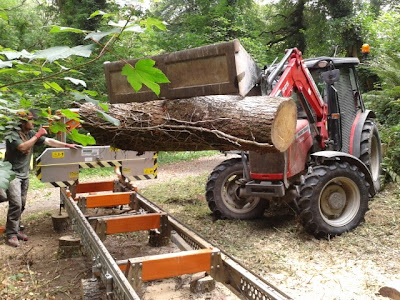The banks of the Helford river are a haven for local wildlife from estuarine birds to rare woodland flora. This tranquil part of the Lizard peninsula offers wildlife lovers and water users alike the chance to explore and discover peaceful creeks and wooded valleys undisturbed by the bustling tourist season which is now upon us. It was here that Daphne Du Maurier composed her famous novel Frenchman’s Creek and more recently Kylie Minogue filmed her music video for Flower. Aside from its fame, the Helford area is steeped in history and home to many pockets of ancient woodland. These remaining areas of ancient woodland are bursting with biodiversity and support some of the countries rarest species such as the greater horseshoe bat which has declined by 99% over the past centuary.
Part of my role as a Ranger here on the Lizard is to look after these important woodlands to ensure they remain in a favourable condition for the wildlife that lives there. Perhaps one of the largest areas is Tremayne woods, which many of you who have spent any length of time here will be familiar with. Tremayne was originally part of the Trelowarren estate and is a linear woodland following the creek down to a Victorian stone built Quay. Initially built to receive Queen Victoria, who never came because it was raining, the Quay is now a popular picnicking and wild camping spot amongst locals and visitors to the area. We are appealing for help to undertake some urgent restoration work to Tremayne Quay, please see below.
Inevitably part of the life cycle of woodlands means that every year trees come down, either due to natural causes or felled as they are no longer structurally safe. This then creates glades where woodland flora and butterflies flourish and eventually new trees establish. Much of the timber that comes down is inaccessible and so is left to decay naturally creating a perfect habitat for insects and fungi.
However Tremayne, with a track running through, lends itself well to extracting some of this timber. The extracted timber is then used on the Lizard for bench tops, posts and bridges etc, with a next to nothing carbon footprint. All the timber is native hardwood and therefore has a long life span without the need to treat with chemicals or preservatives. This method is sustainable and has a very low environmental impact. Last week we spent a day with a local mobile sawmill and produced dozens of square posts and planks out of a fallen oak tree which are to be seasoned and then used across the Lizard. You can’t get more local than that, and there is a great feeling of satisfaction to see this from tree to product in a small scale, sustainable way.




No comments:
Post a Comment